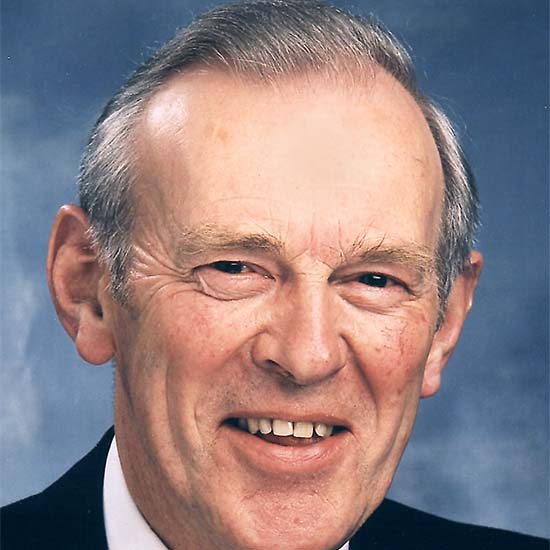Richard Dixon made significant contributions to experimental and theoretical spectroscopy, and its application to photon-induced reactive dynamics. His early studies used flash photolysis to yield the spectra of open shell radicals and ions. His insight into their novel vibronic properties led to the development of new theoretical models. Richard's later use of tuneable and pulsed lasers revealed details of photolytic fragmentation and energy disposal.
For example, the fragmentation pattern for water (H2O or its isotopomers), excited by pulsed lasers in the deep ultraviolet, varies dramatically with the chosen state of excitation. The broken symmetry for HOD (where D is deuterium) revealed a new dissociation pathway involving four competing steps and five coupled electronic states. This is relevant to the photochemistry of water in the upper atmosphere where it is the principal source of the highly reactive OH and OD radicals.
Richard's later research concentrated on the theory of molecular dynamics at the quantum state level and its application to photodissociation, and was conducted in collaboration with Mike Ashfold and his research group.
Professor Richard Dixon FRS died on 25 May 2021.
Professional position
- Emeritus Professor, Senior Research Fellow, School of Chemistry, University of Bristol
Subject groups
-
Chemistry
Chemistry, physical
Awards
-
Rumford Medal
In recognition of his many contributions to molecular spectroscopy and to the dynamics of molecular photodissociation.

